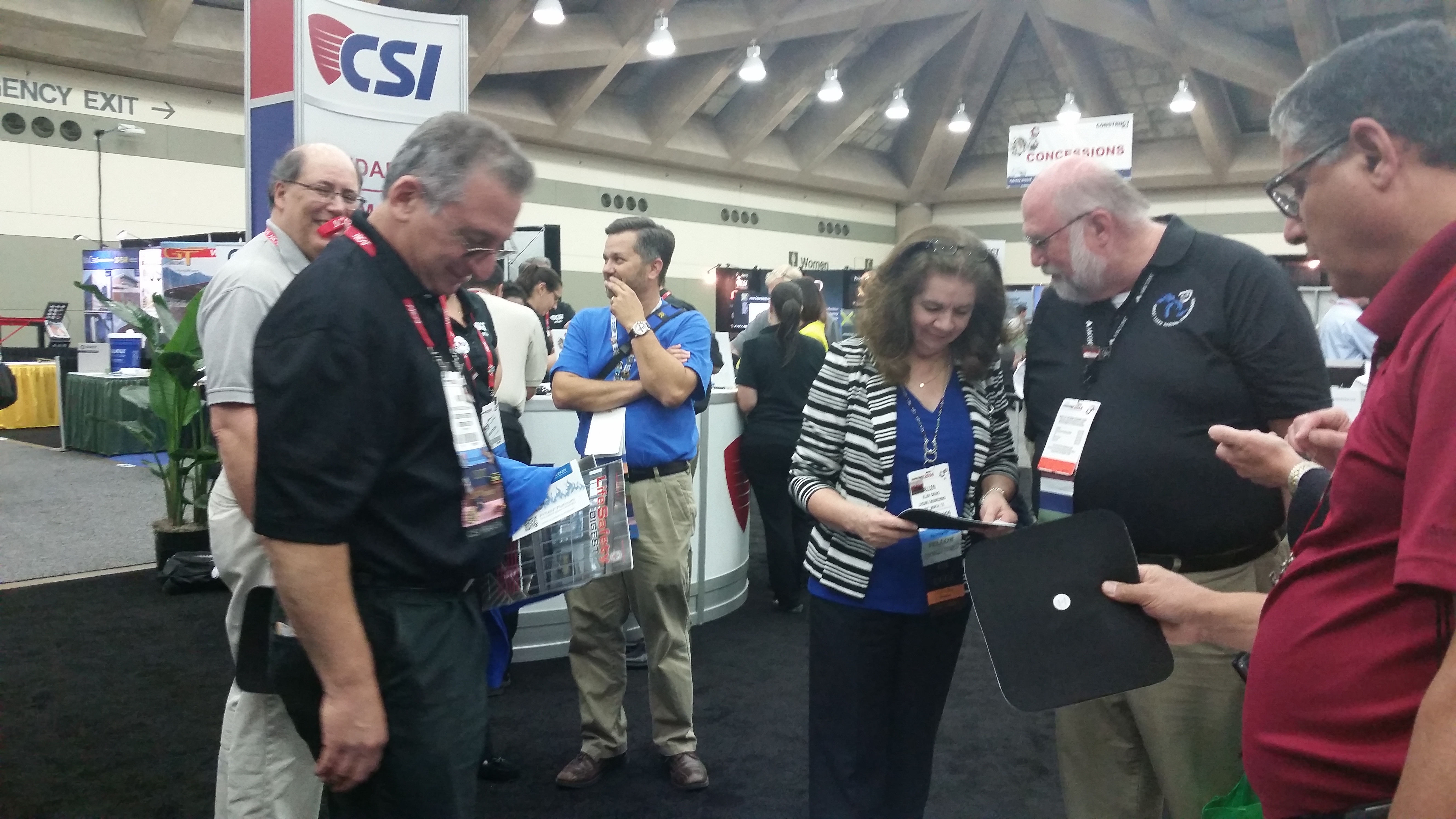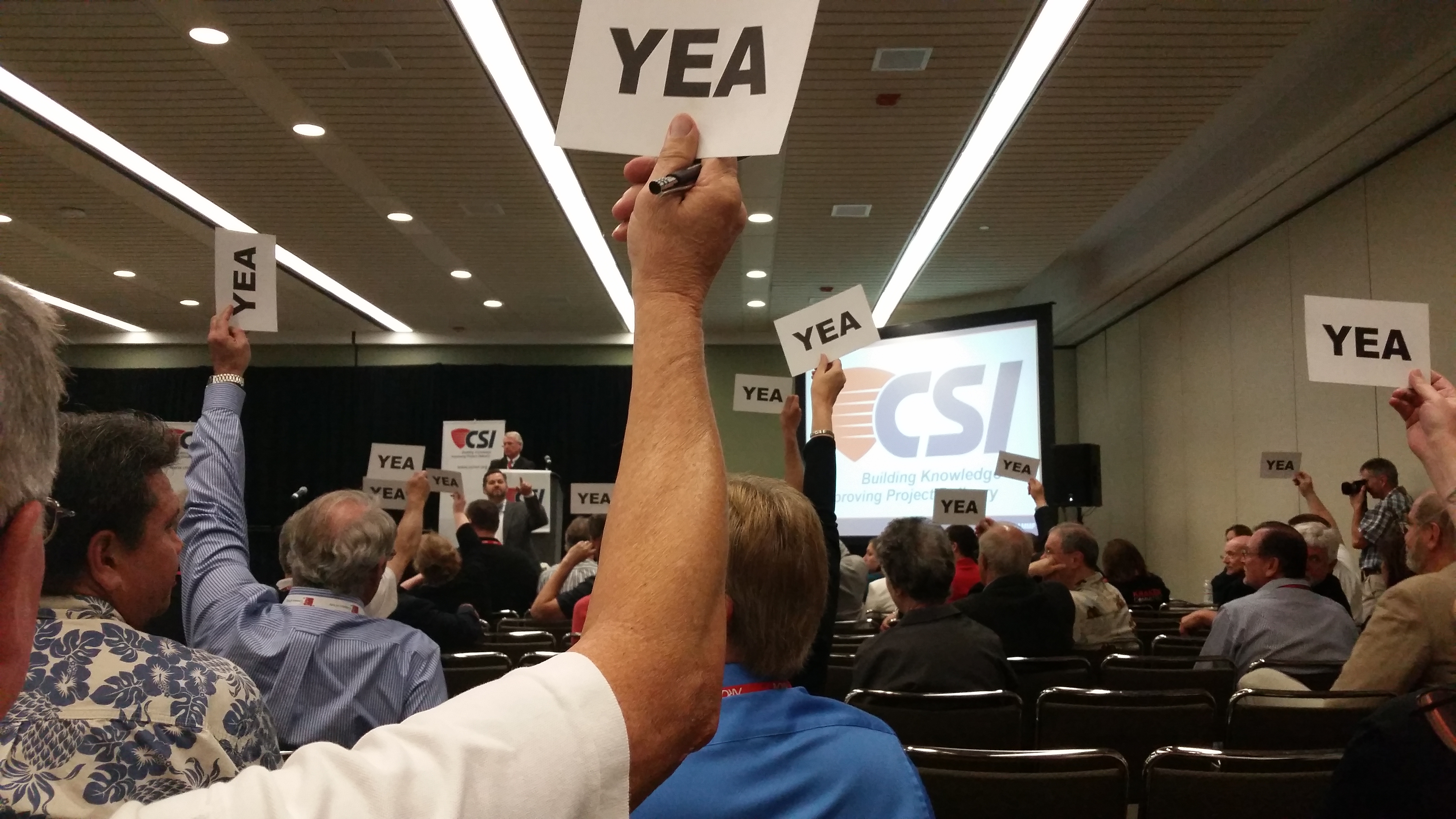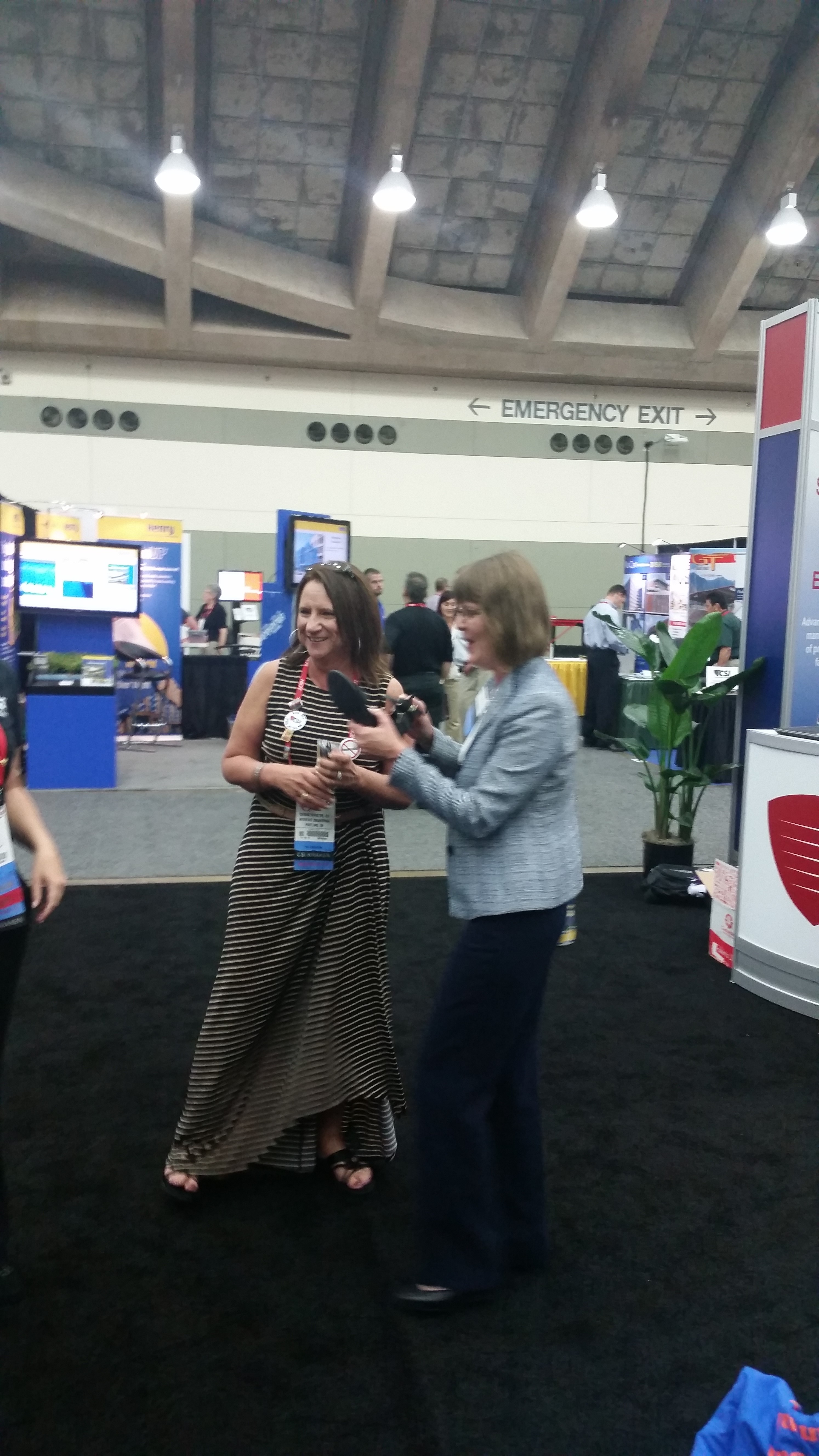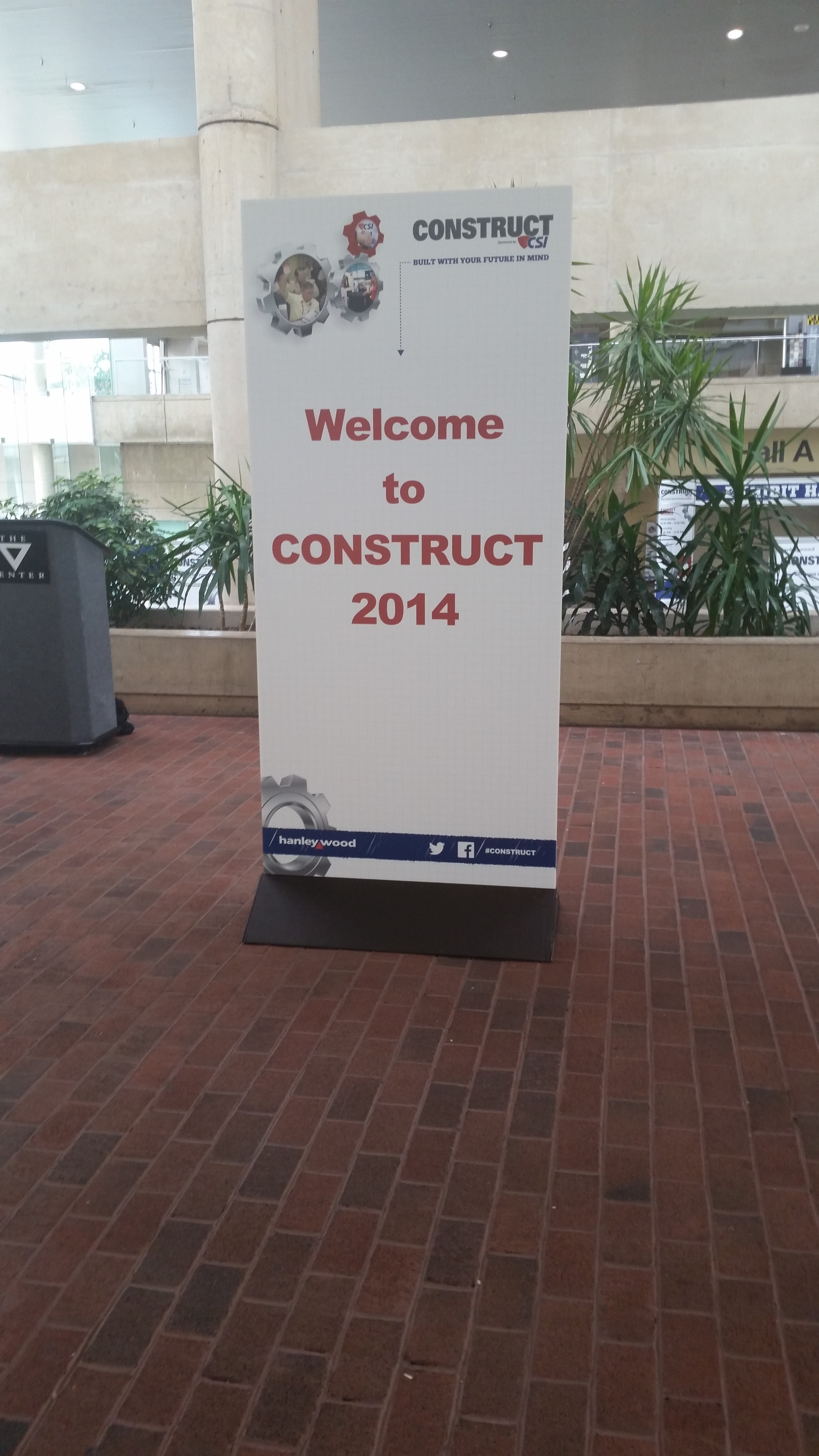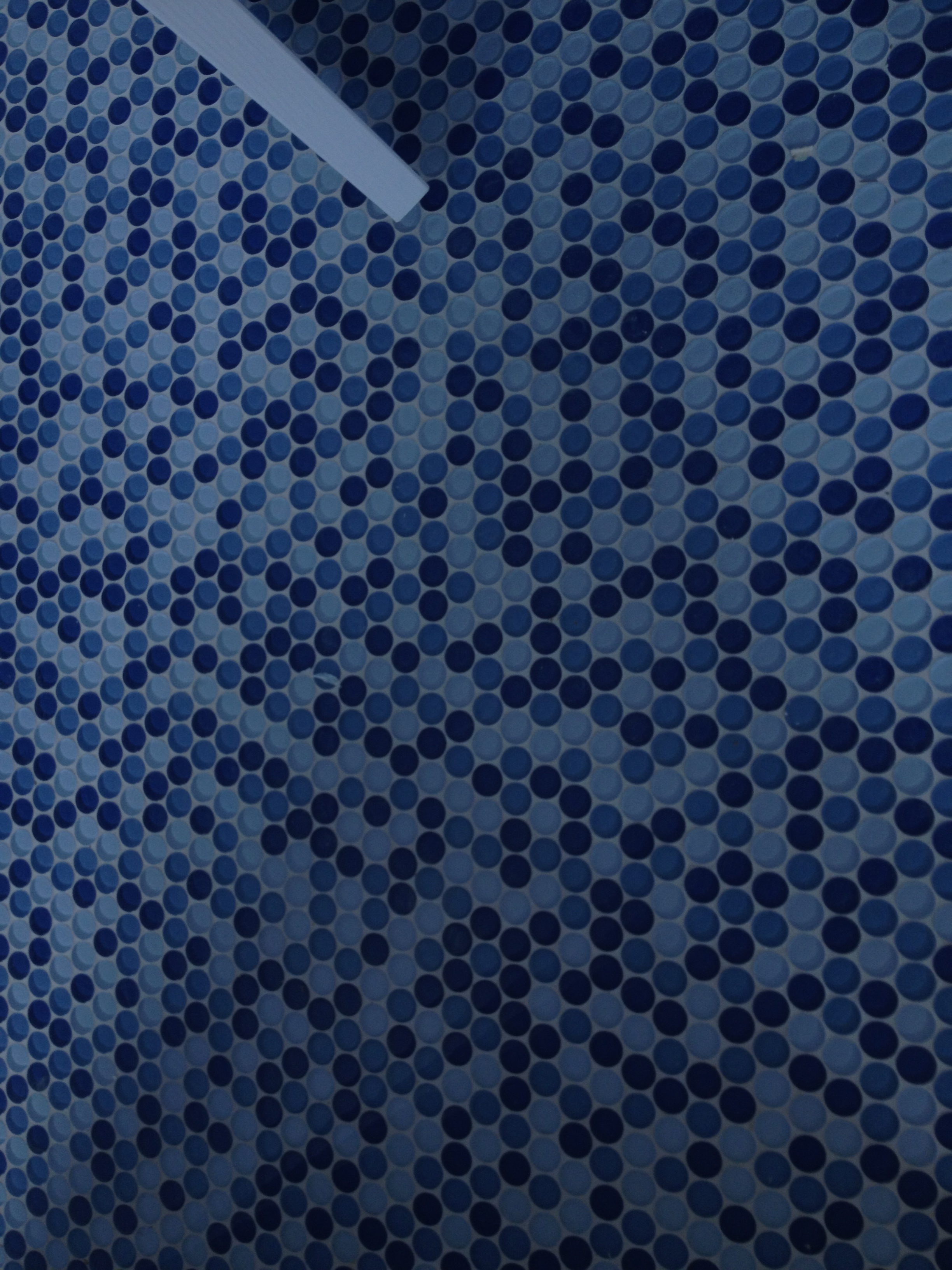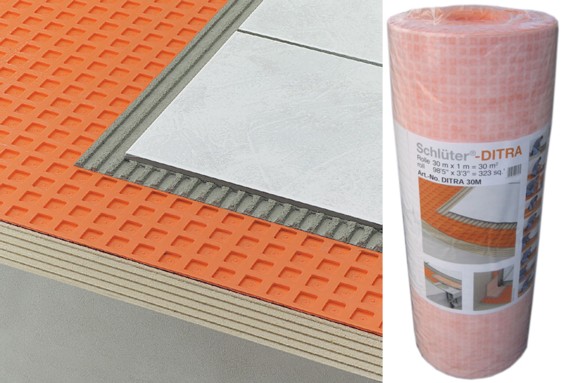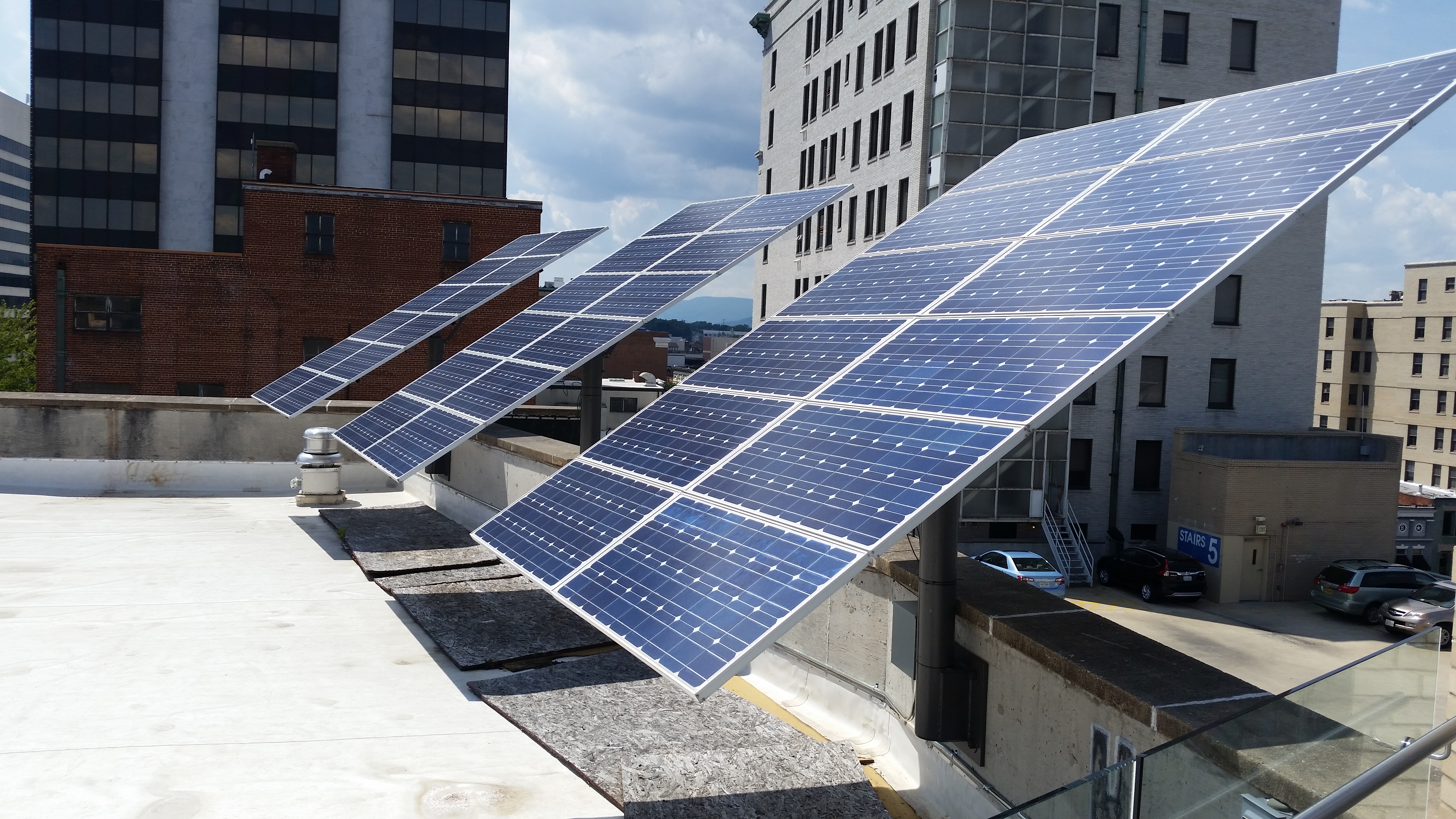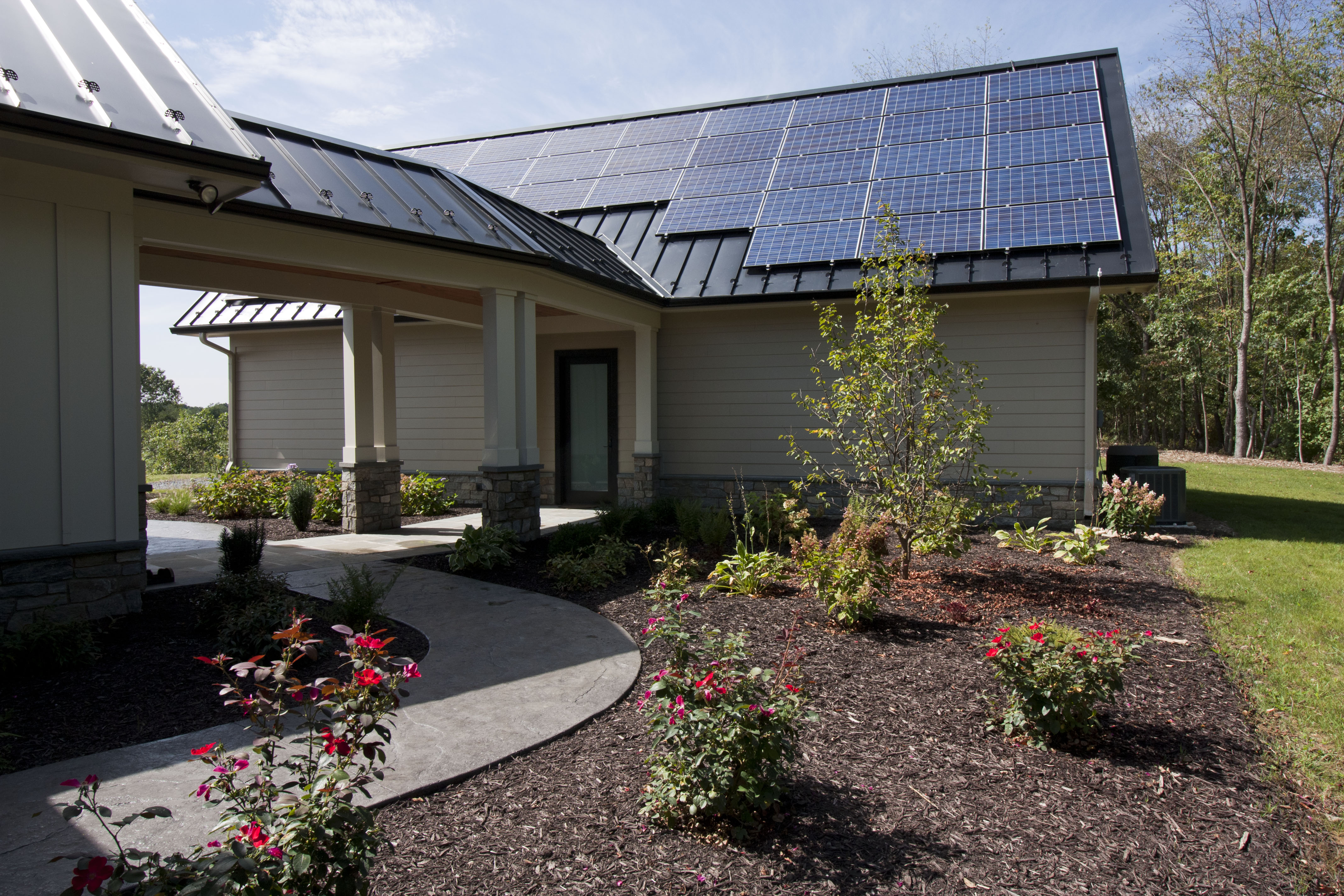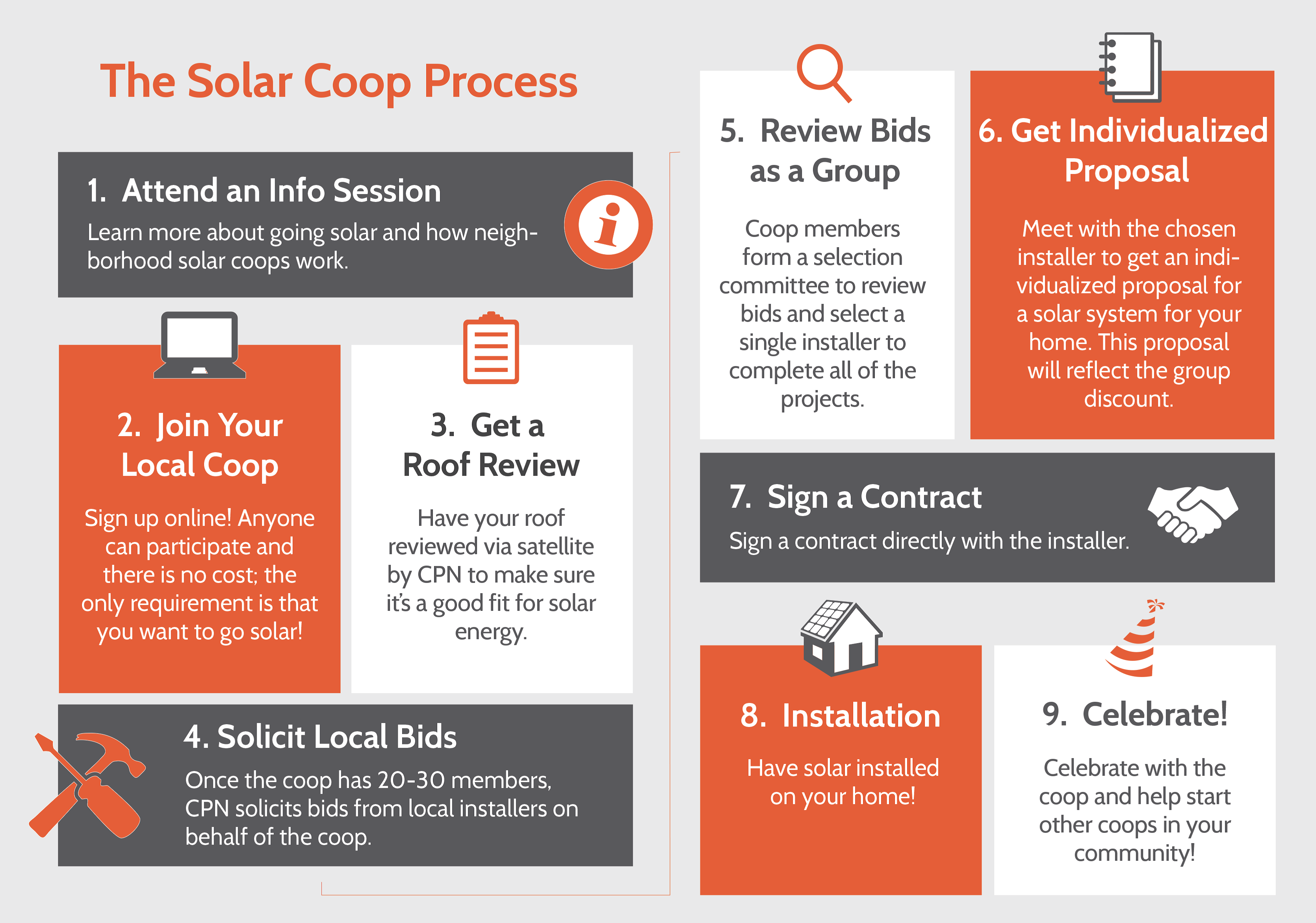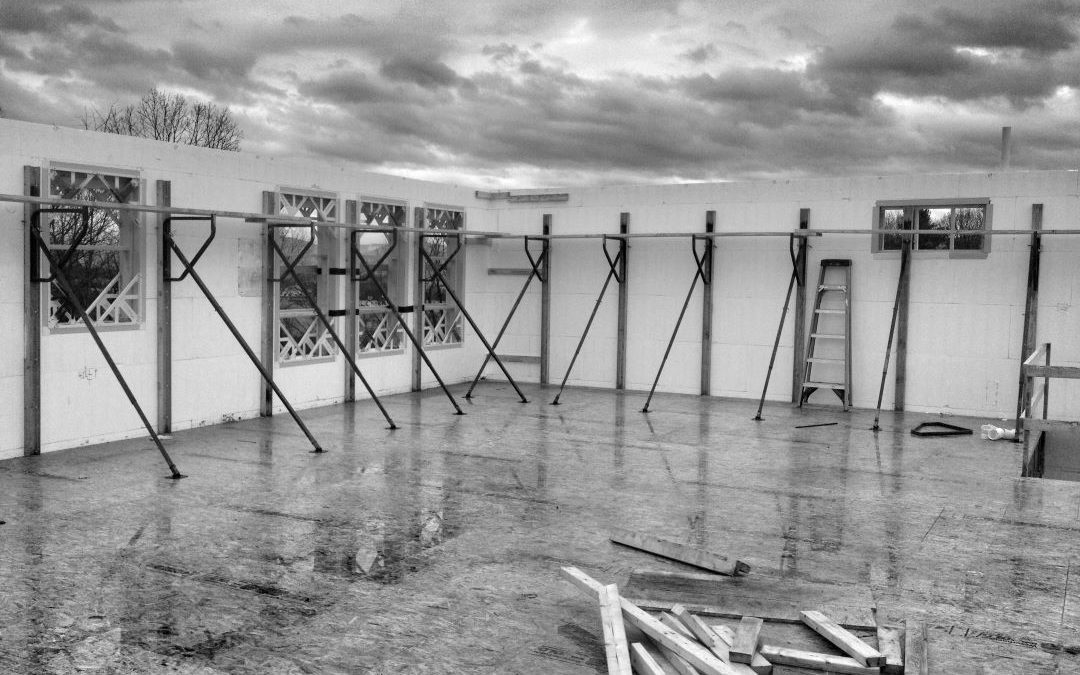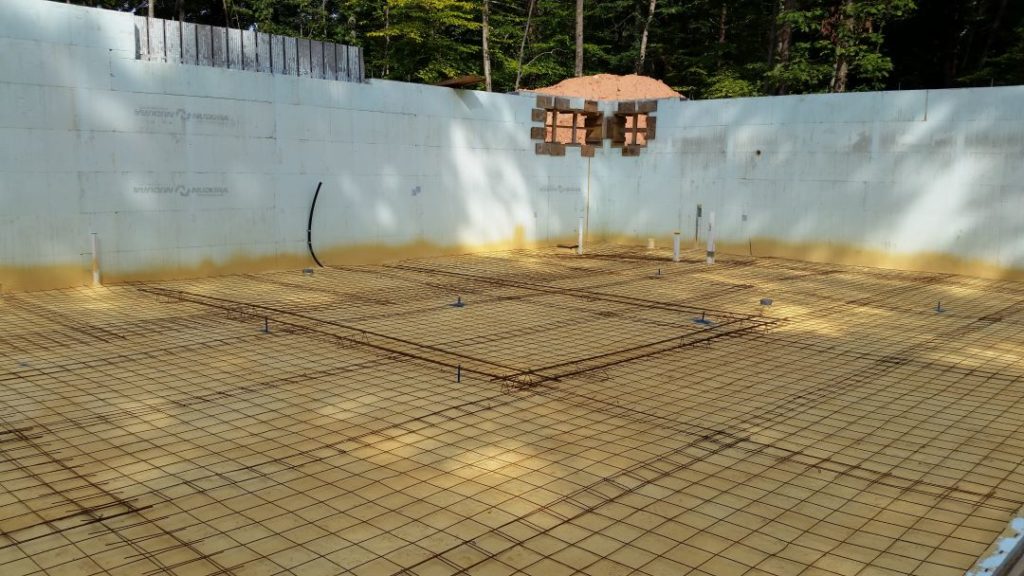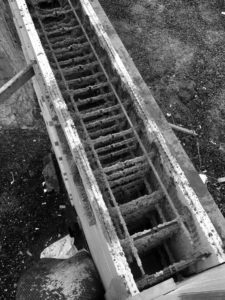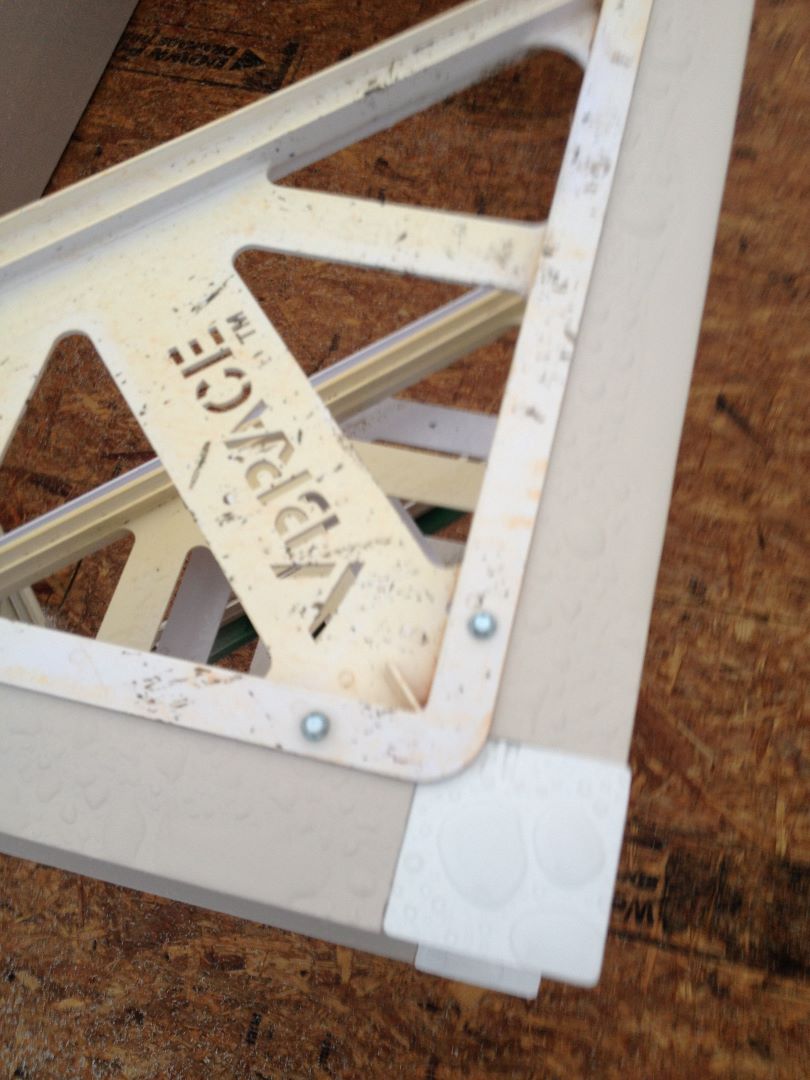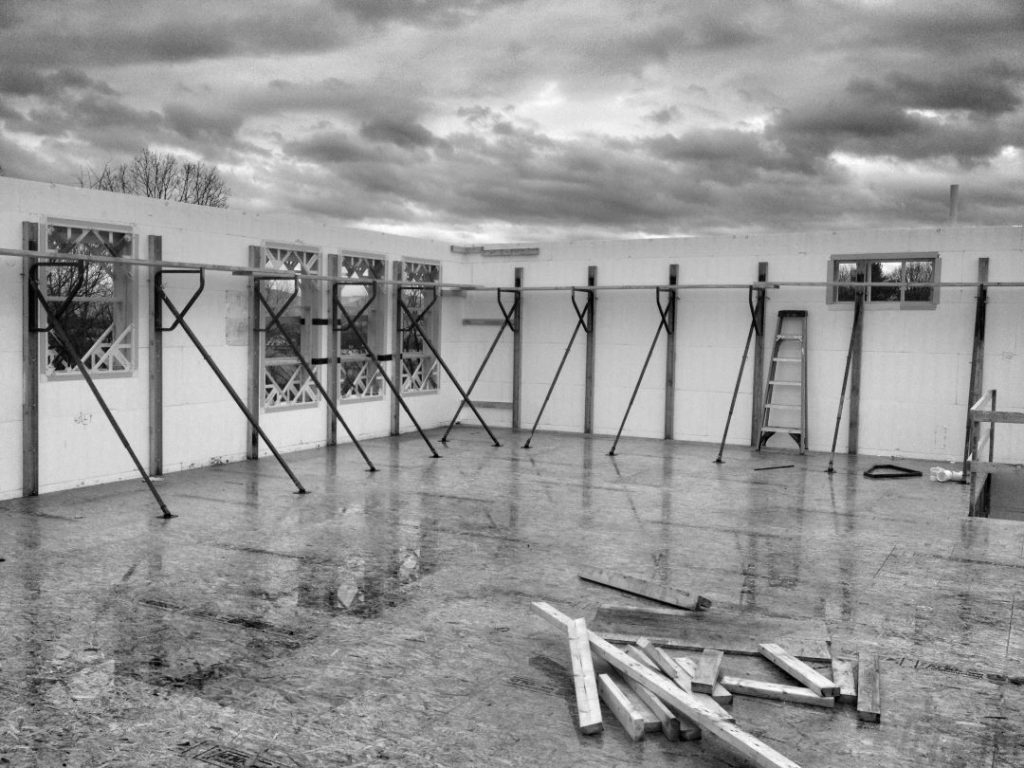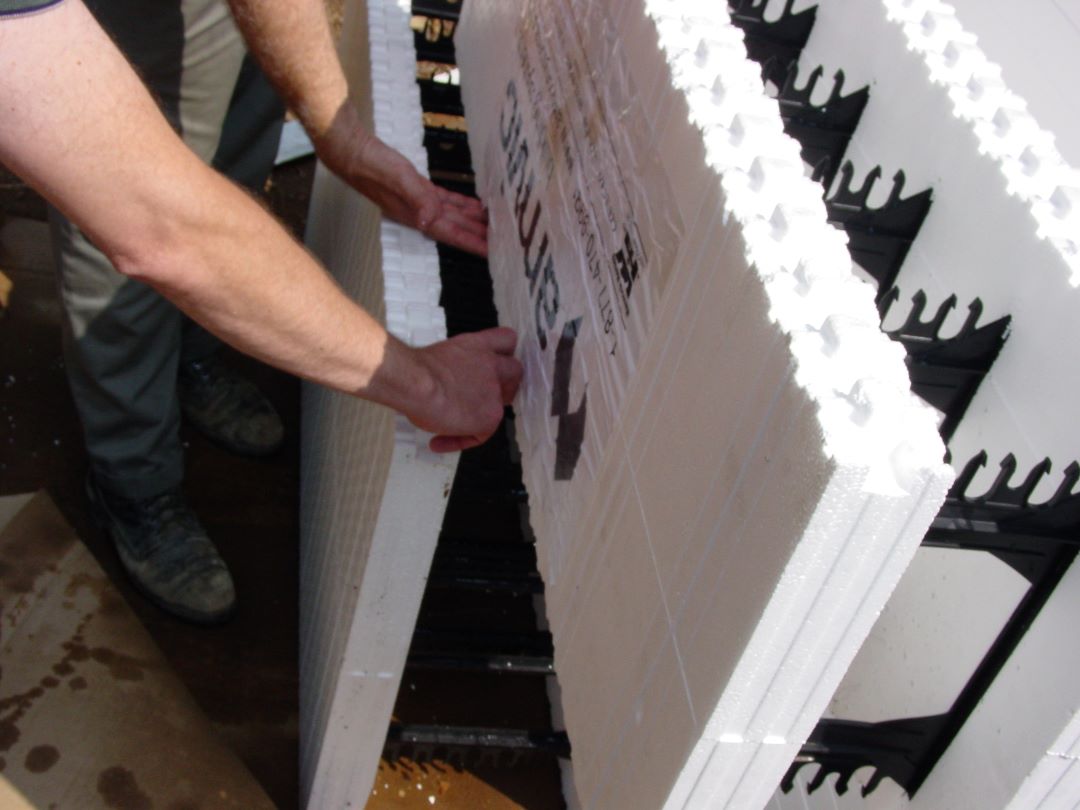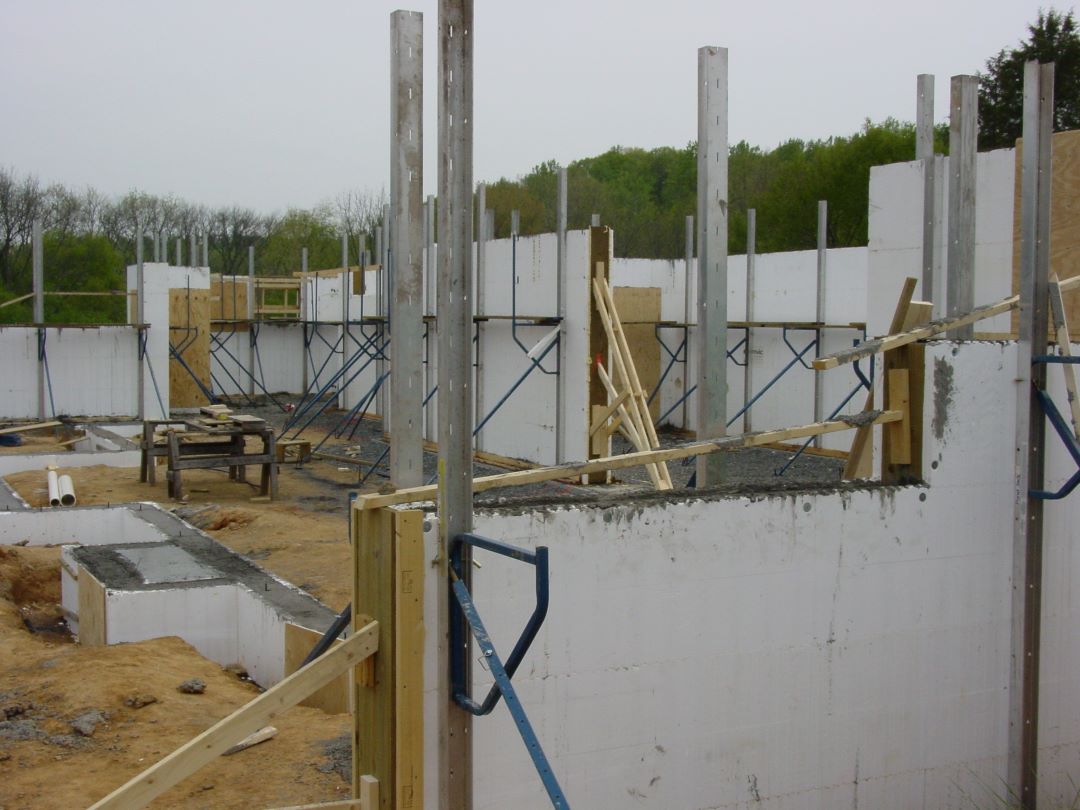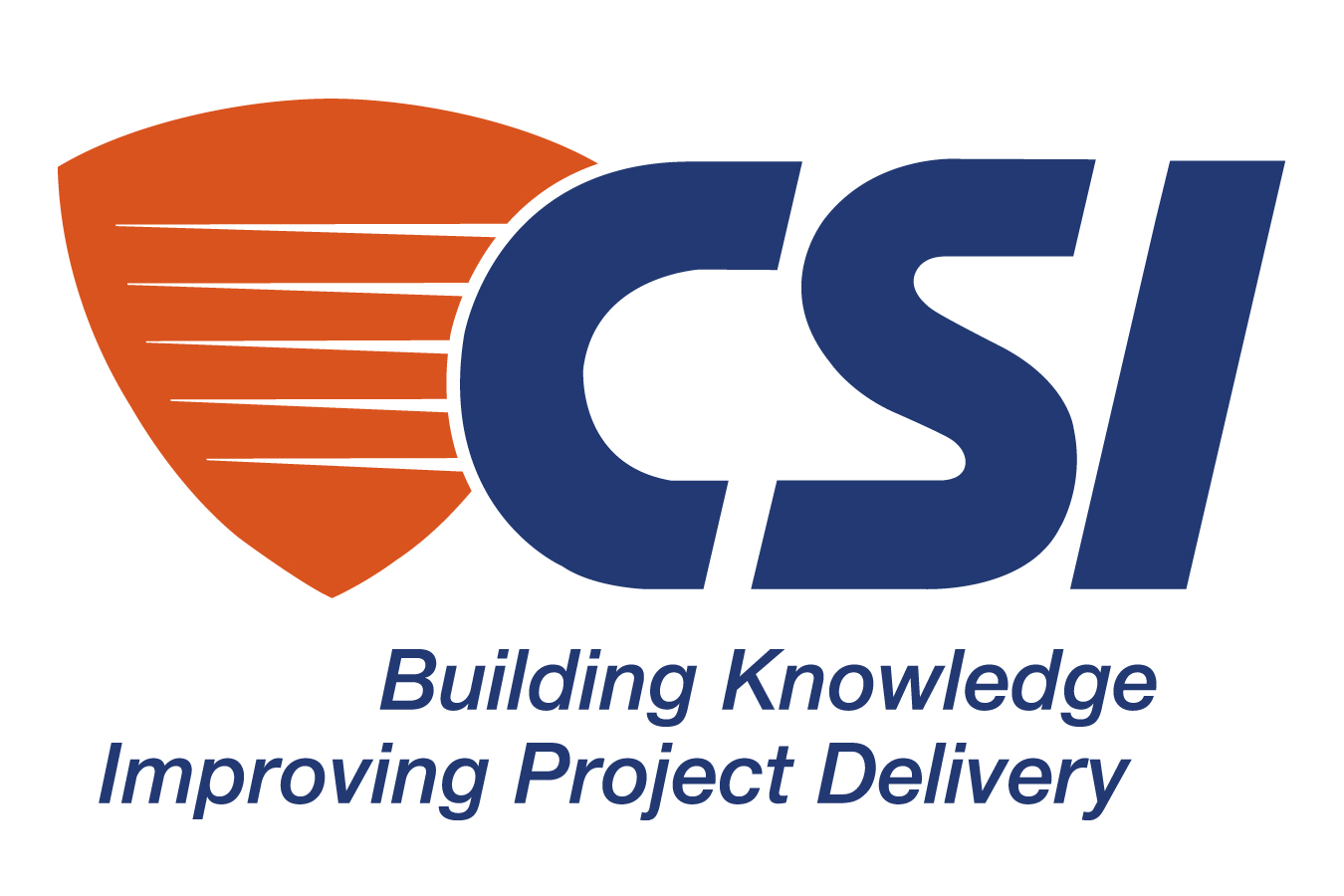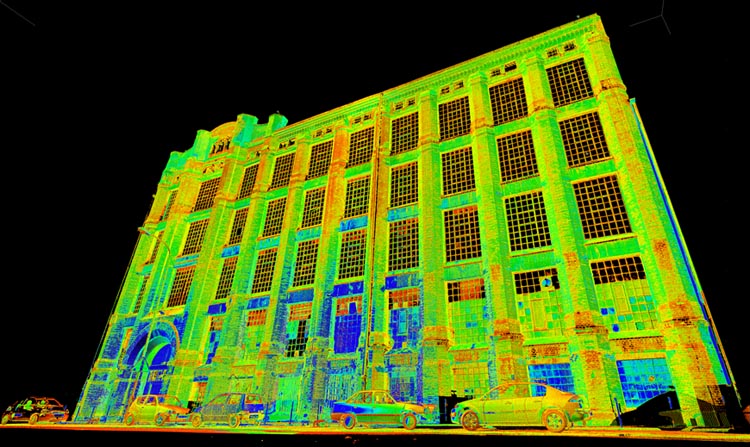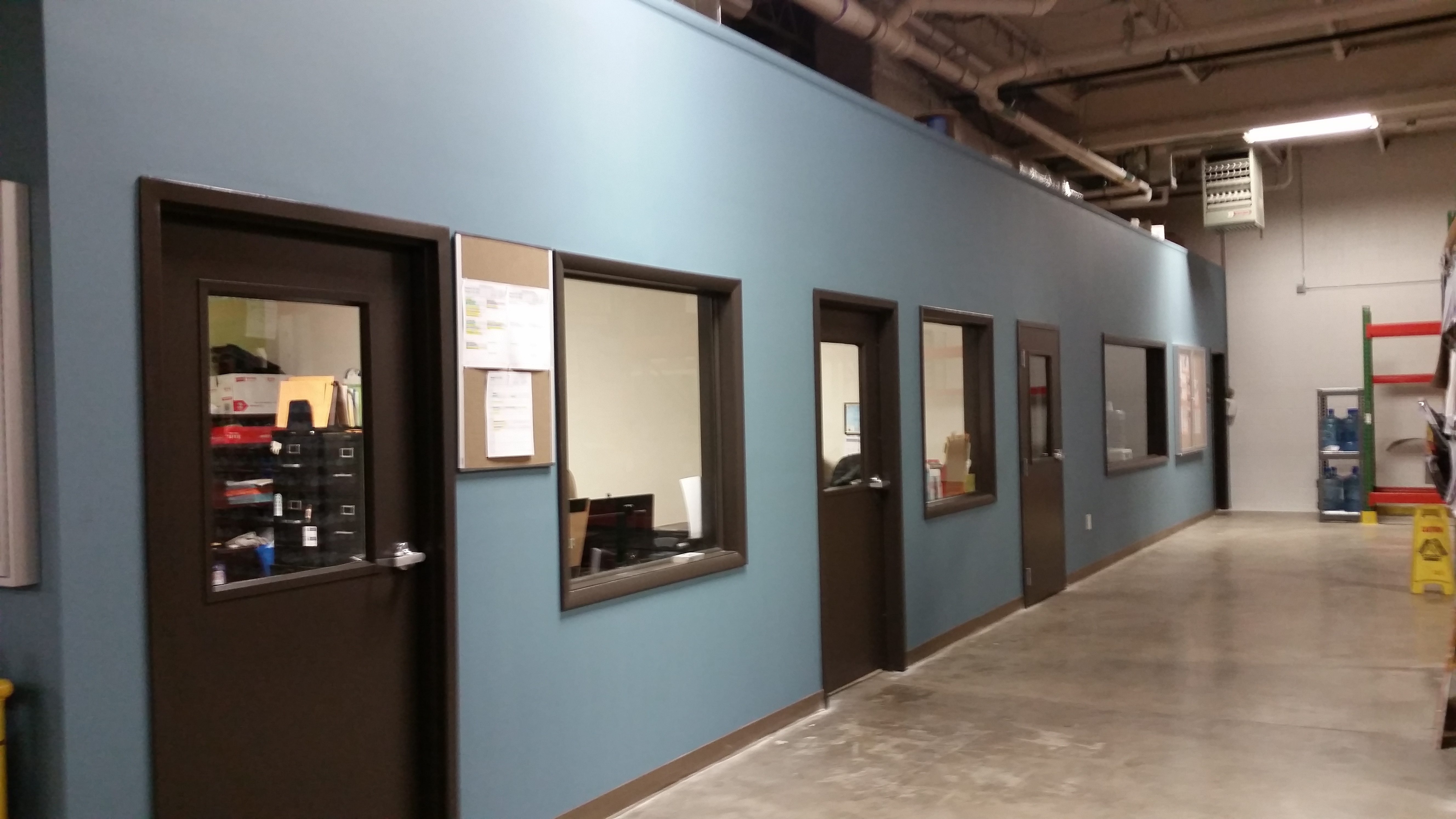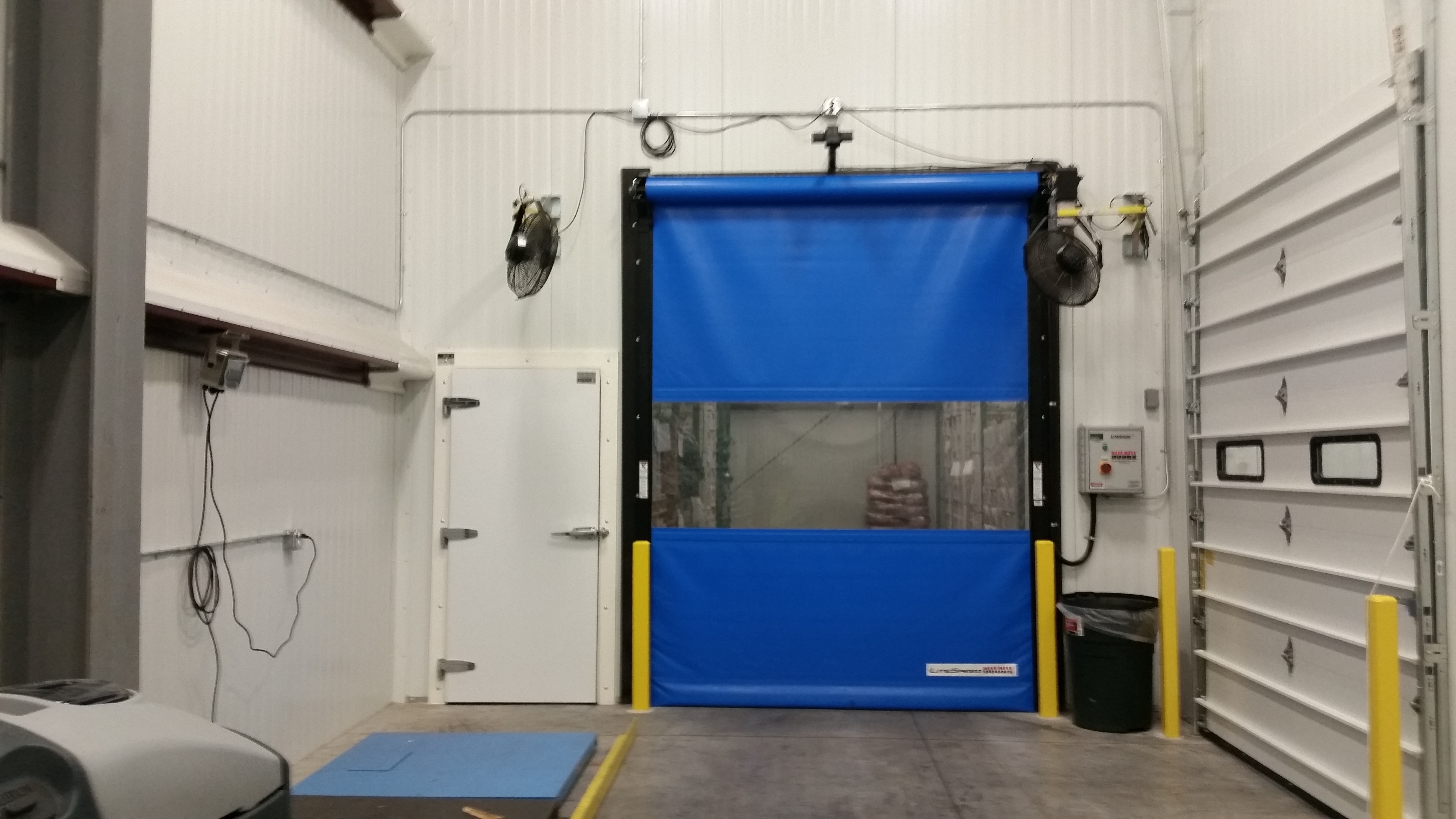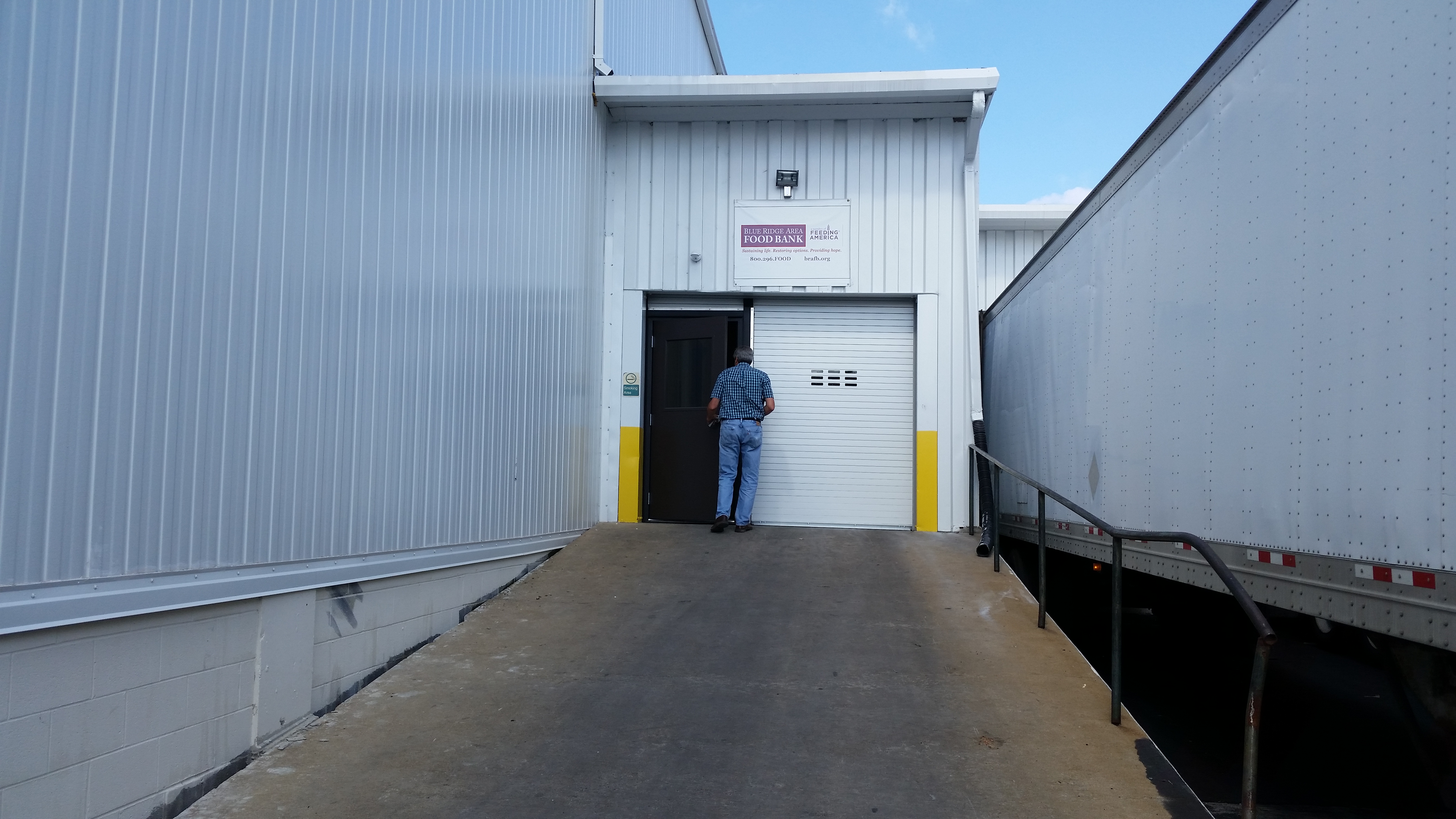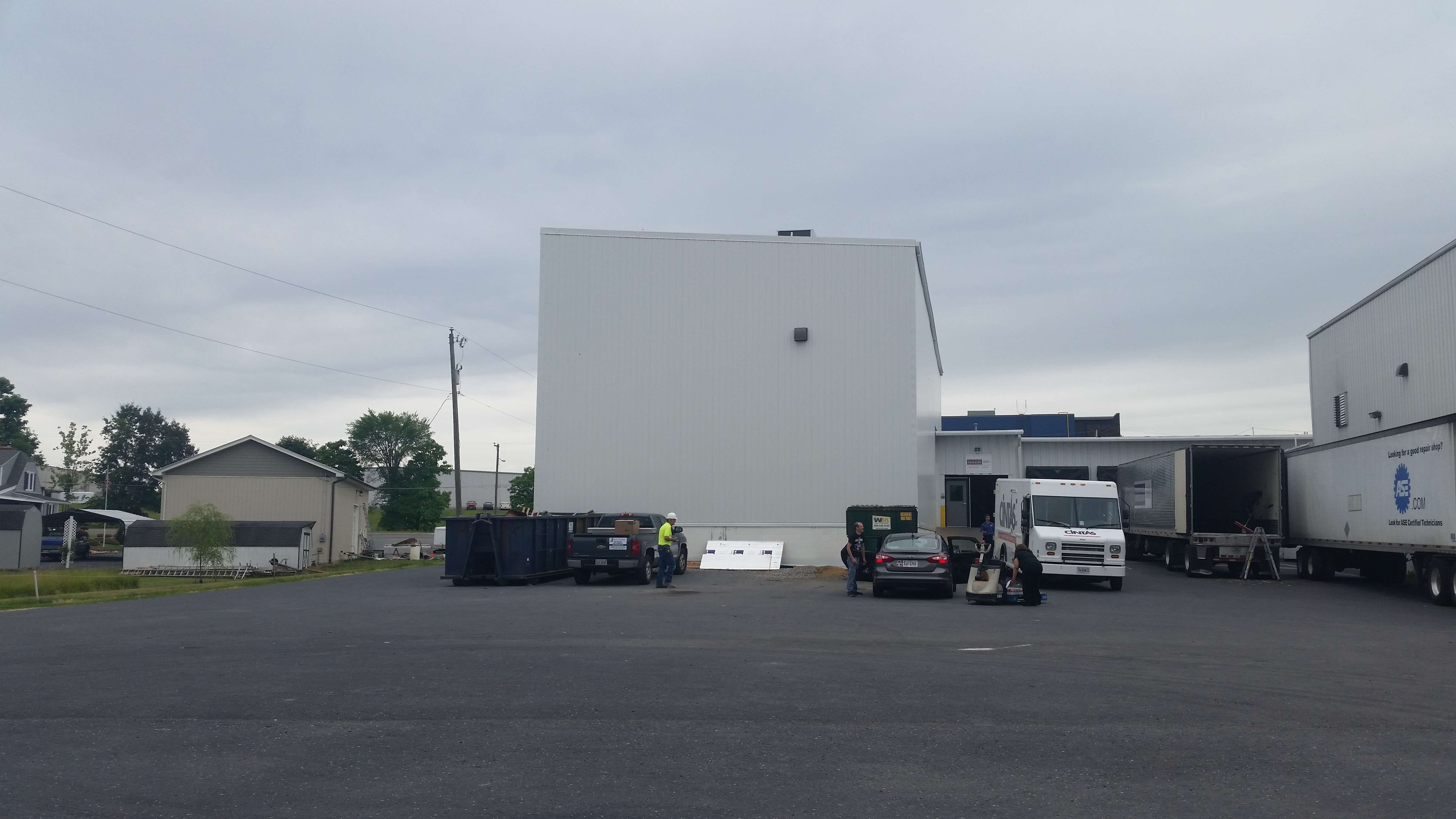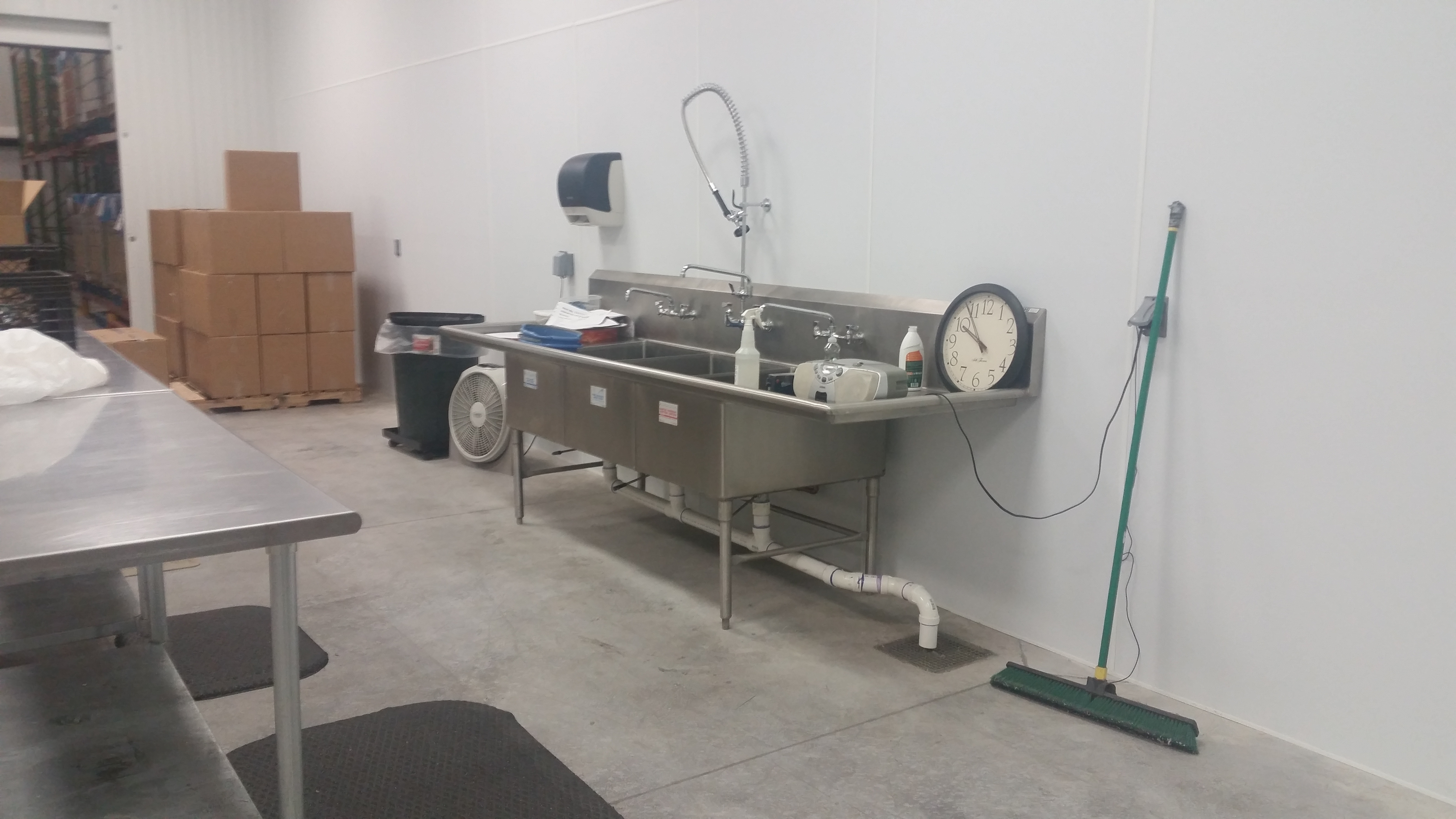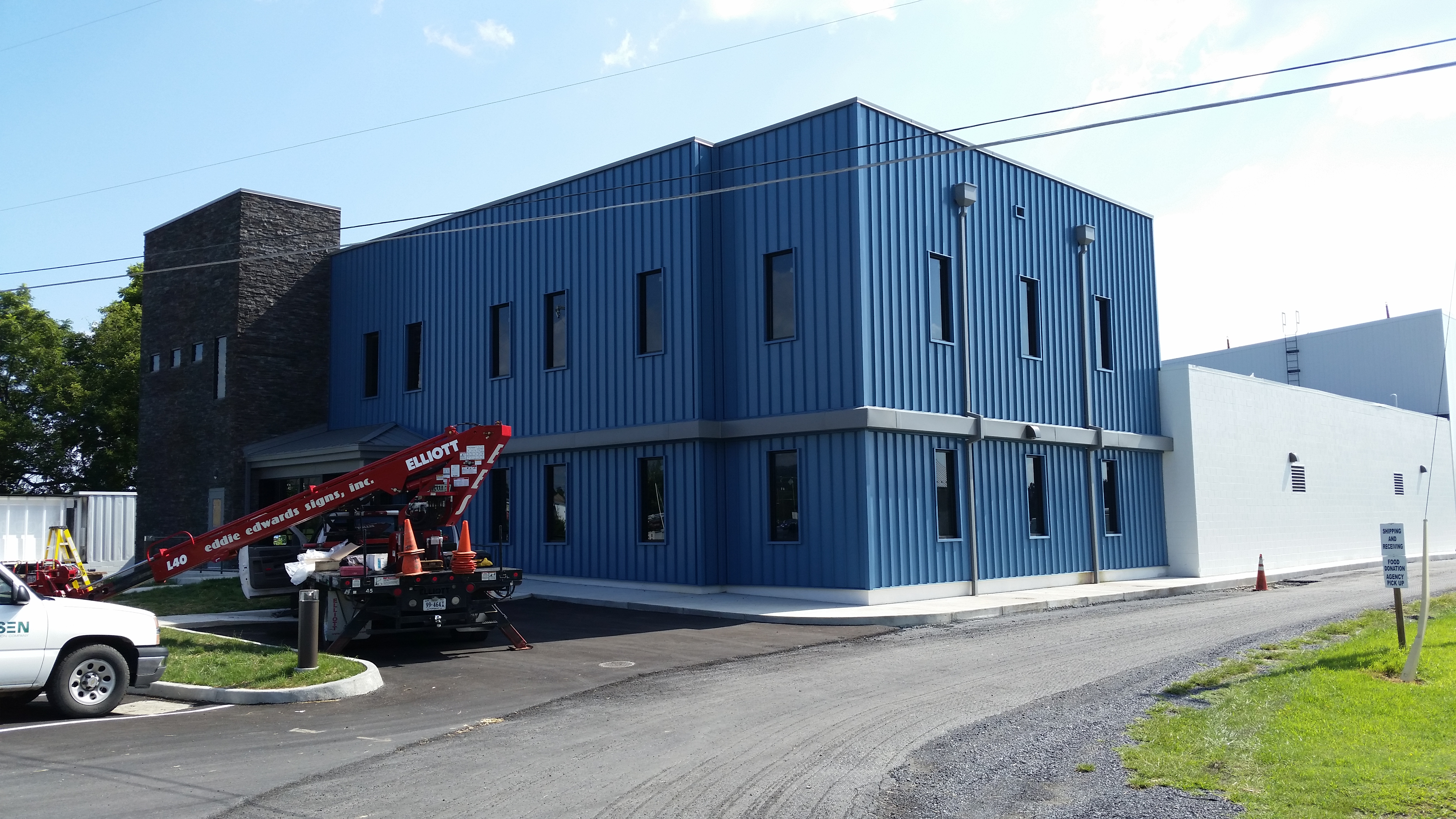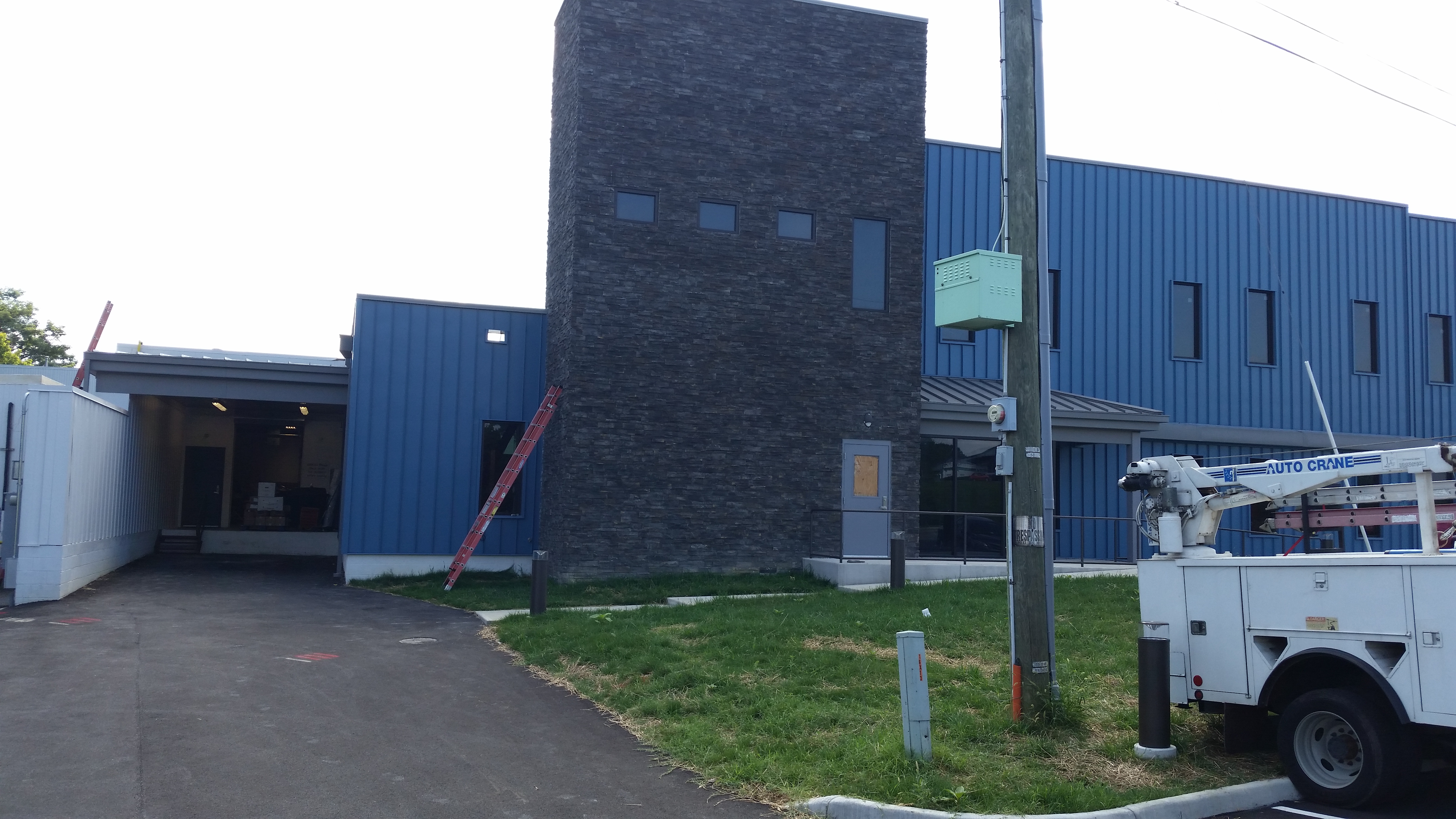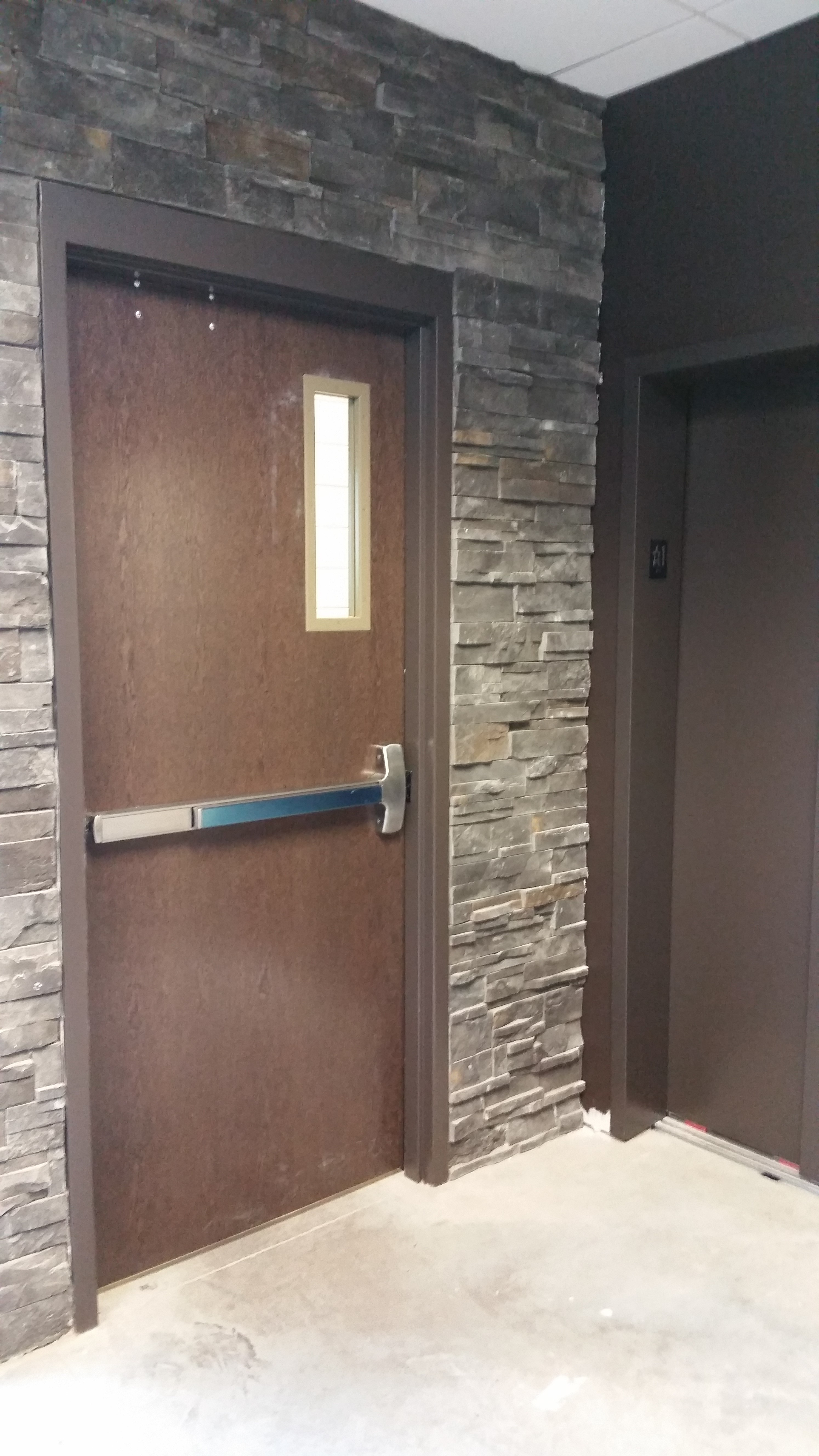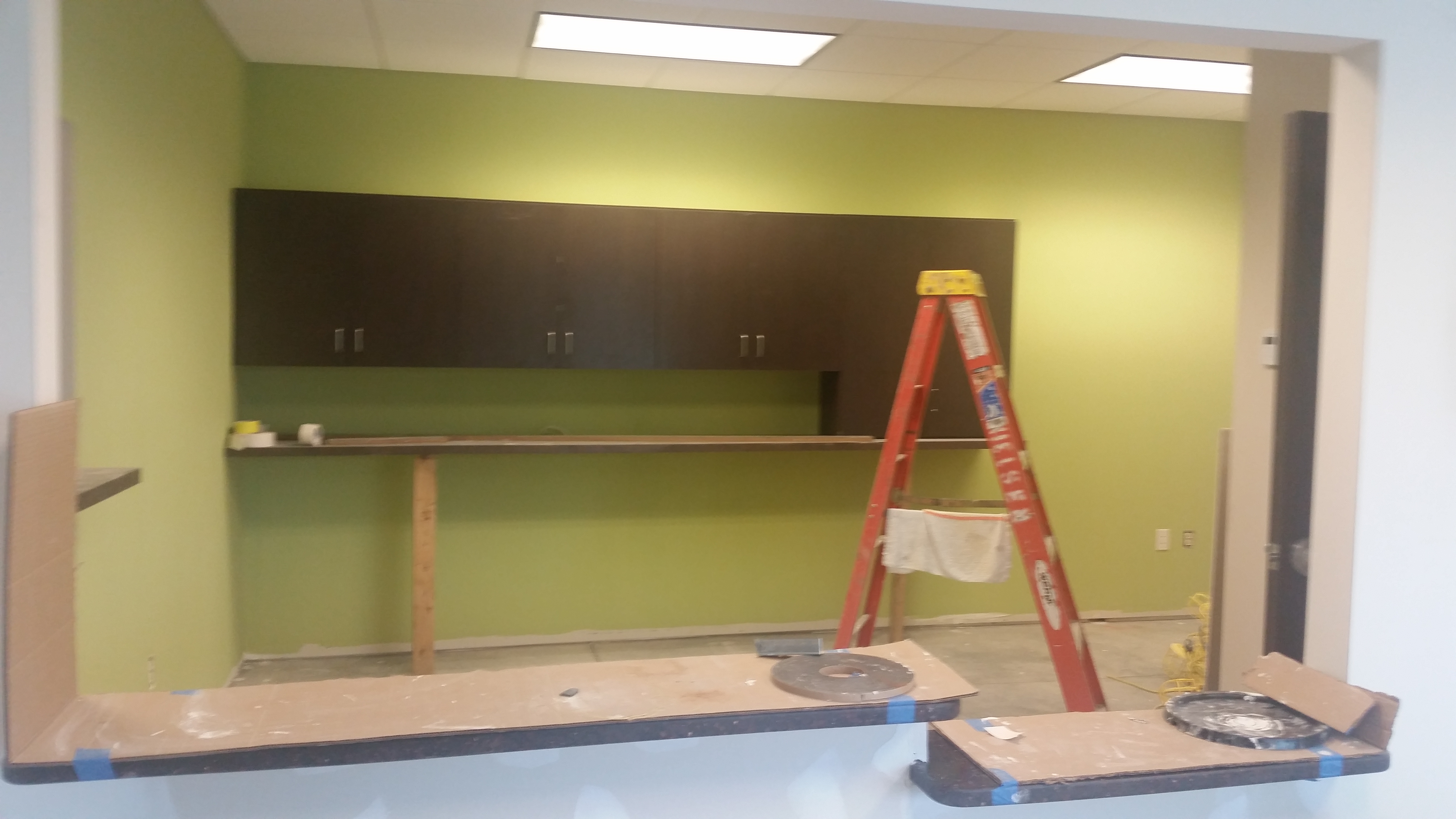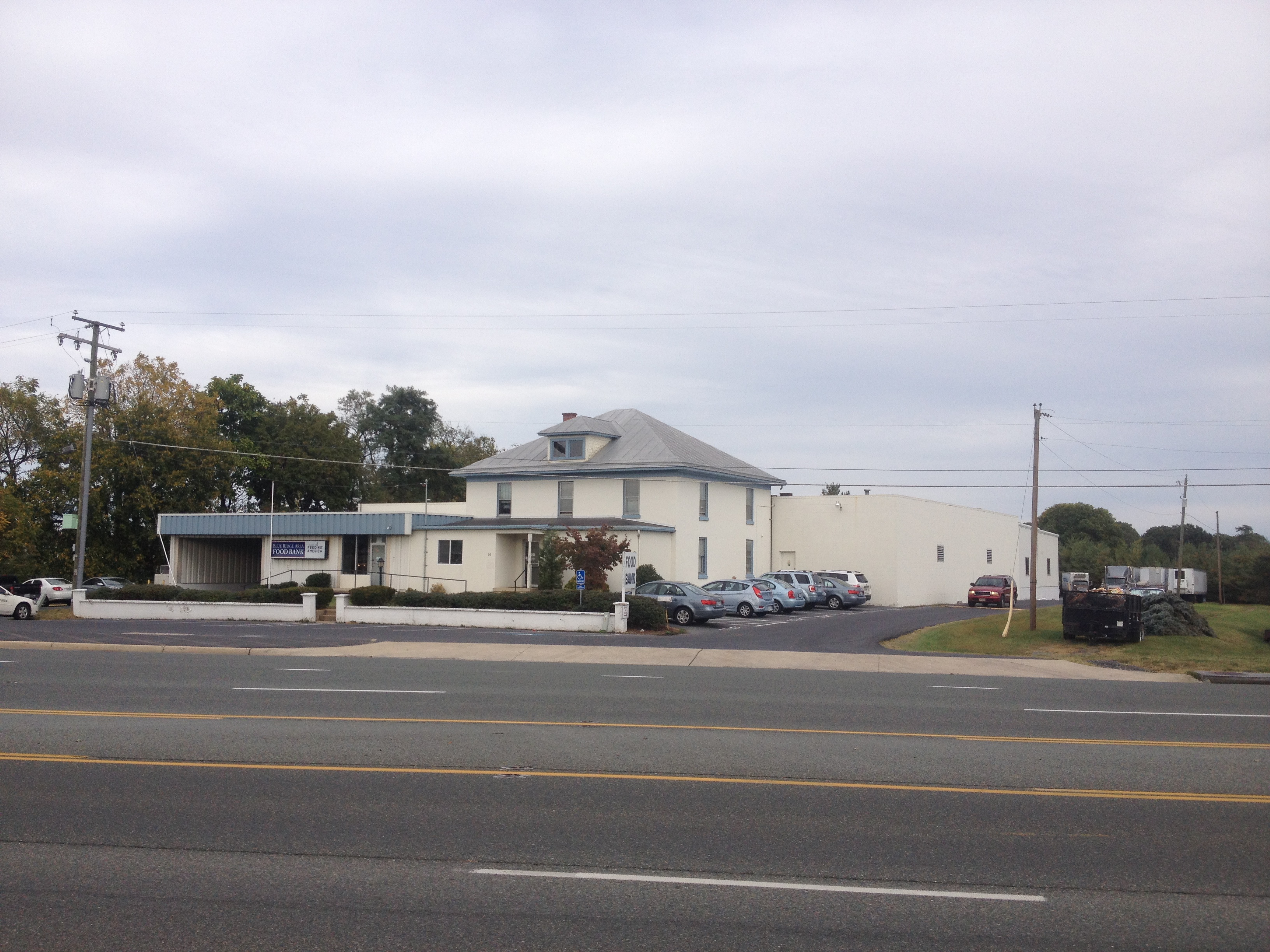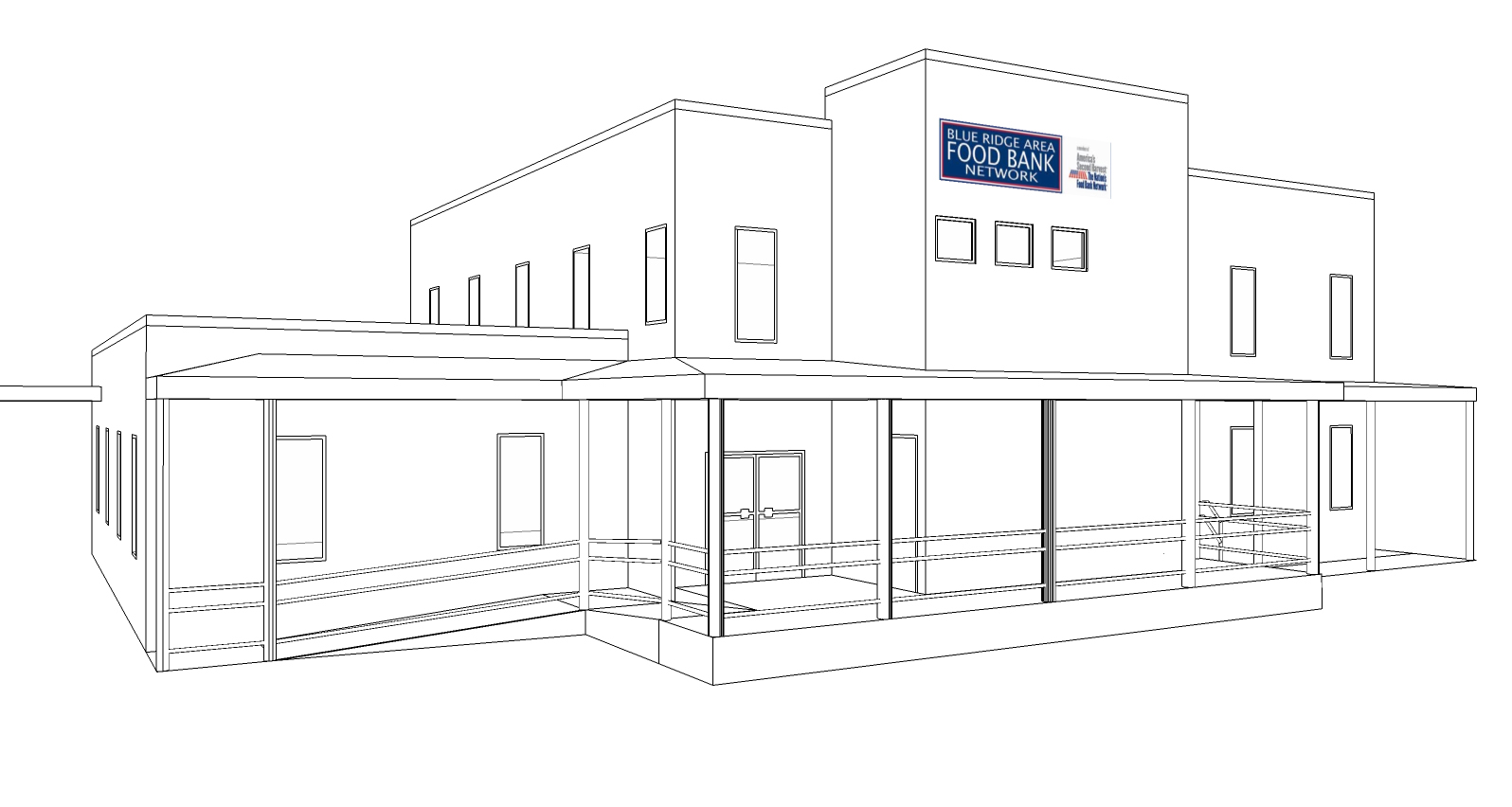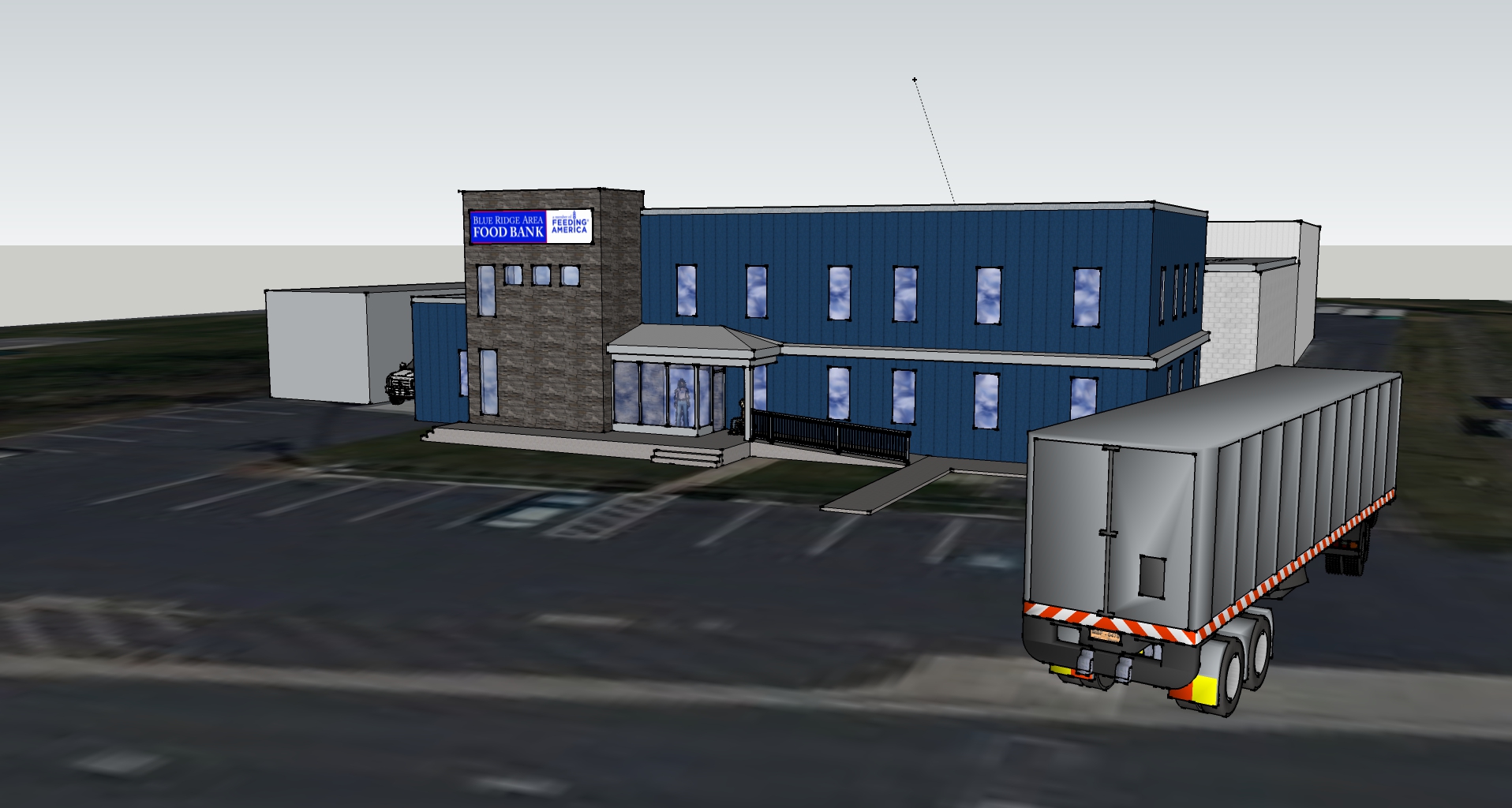by harrisonburgarchitect | Sep 30, 2015 | architecture, Building Science, Harrisonburg Architect
It is #Construct Show time again, so I am heading to St. Louis to learn the latest from the best in the construction industry. I look forward to this conference each year as our firm tries to stay on the cutting edge of the industry. The Construct Show is a gathering of CSI professionals from around the country. It is the only national trade show and educational conference for the commercial building teams that spec and source building products.

CSI Swag
This year I am participating in the panel discussion on blogging, serving as a mentor for a young professional, and giving a presentation on execution. The exhibit hall will feature hundreds of the latest innovations in the commercial building industry. There are mini seminars on the show floor, experts in every construction industry sector, and plenty of networking opportunities. I will attend sessions on sustainability in historic renovation, Robotics used in construction, specification development, moisture management, energy efficiency, and business leadership. It will be an amazing week!

Tweet Up

Democracy in Action

Tweet Up

The CSI Show
by harrisonburgarchitect | Sep 21, 2015 | architecture, Building Science, Harrisonburg Architect
Green Term Defined: Ceramic Tile
Ceramic tile is made from clay that has been permanently hardened by heat, often having a decorative glaze. Ceramic is a word derived from the ancient Greek “keramos” meaning “of fired clay.”
A properly installed ceramic tile floor will last for a very long time. Ceramic tile floors are aging-in-place friendly helping extend the usable life of a home. Ceramic tile floors are beautiful with many options, colors, textures, and patterns. Ceramic tile can be recycled, easy to clean, and can be used on walls and floors.

Tile floors can be a disaster if the right installation methods and systems are not used. The tile underlayment is the key to a long-lasting ceramic tile floor.

A sound subfloor that is level, has proper support, and is clean from defects is critical for a successful ceramic tile floor. If the floor is bouncy or damaged before you install the ceramic tile floor, it will not last. Once you have a sound / firm subfloor you need to select the appropriate tile underlayment system. I say system because you want a product specifically designed to protect your subfloor from moisture which means it is an entire system of protection. The industry leading system is made by Ditra. There are others, but this is the system I am most familiar with and is used commonly in our area. The key characteristic of a good underlayment system is one that is mechanically fastened to the tile using a grid / waffle system allowing the tile to “float.” This allows for small movements in the substructure of the system without impacting the rigid tile system. The system should be waterproof to prevent moisture from passing through into the subfloor. There should also be a system that allows for water vapor to exit the system so there is no build up of moisture.
by harrisonburgarchitect | Sep 18, 2015 | architecture, Harrisonburg Architect
Want Solar on your roof? Worried you cannot afford it? Find out the truth here:
Oct 14, Plains District Community Center, 233 McCauley Dr, Timberville, 6 to 8 pm
Oct 15, Ares Community Center, 201 Green St, Bridgewater, 6 to 8 pm
Oct 22, Community Center, 20593 Blue & Gold Dr, Elkton, 6 to 8 pm
Oct 28, Town Council Meeting Room, 174 E King St, Strasburg, 6 to 8 pm
Nov 4, Rockingham Co Fire & Rescue Meeting Room, 20 E Gay St, Harrisonburg, 6 to 8 pm
Massanutten Regional Solar Co-op Launch Builds on Success of Harrisonburg Effort
Go Solar with Us!!

Neighbors in the Massanutten Region (the City of Harrisonburg, as well as Rockingham, Shenandoah, and Page Counties) have formed a co-op to make it easier to save money on the purchase of solar panels and build a community interested in solar. This new group builds on the recent success of the Solarize Harrisonburg group that helped 68 area residents put solar on their homes. The group is working with VA SUN (www.vasun.org) to receive technical expertise and support throughout the process. The co-op will soon host a series of information sessions to educate the public about solar and recruit new members. The first info session will be held in Harrisonburg on September 3 at 6 p.m. at the Massanutten Regional Library (174 S Main St). See below for additional sessions. “The momentum from Solarize Harrisonburg has continued,” said Joy Loving, a leader of Solarize Harrisonburg. “I’ve heard from about 100 people in the area who are now interested in going solar with this new effort.”

VA SUN is a nonprofit that helps make solar more affordable and accessible. It has worked with almost a dozen solar co-ops in Virginia. It helped 144 homes go solar, saving Virginia residents $396,000 in just the past year. VA SUN will provide technical assistance to co-op members as they review all of the bids the group receives, so that the group can make the best decision for its members. Joining the co-op is not a commitment to purchase panels. VA SUN helps the co-op solicit and review competitive bids from area solar installers, and select one or more companies to complete installations for members. Co‐op members will then have the option to purchase panels individually based upon the installer’s offer. By going solar as a group and choosing one or two installers, each participant generally saves up to 20% off the typical retail cost of their system and has the assistance of VA SUN to help navigate the process.
Massanutten Region residents interested in joining the co-op can learn more and sign up at the co-op web
site: http://www.vasun.org/massanutten-regional-solar-co-op/.
The co-op’s Facebook page is at
https://www.facebook.com/massanuttenregionalsolarcoop?fref=nf.
Questions? Email VA SUN at
solarteam@vasun.org or Joy at jal_1998@yahoo.com.


by harrisonburgarchitect | Sep 7, 2015 | Building Science, Harrisonburg Architect
Green Term Defined: Insulated Concrete Form
Insulated concrete form (ICF) is a wall building system made of reinforced concrete and most commonly rigid thermal insulation. The forms are stack and have the appropriate amount of steel reinforcing added vertically or horizontally. The ICF’s are then filled with concrete.

Insulated concrete form are similar to the concept of legos. Each manufacturer has a type of interconnected system so that allow the blocks to lock in place before the concrete is poured. Insulated concrete forms can be used for any building type.


After the concrete is in place, the insulated concrete form has significant thermal properties, soundproofing, fire resistive characteristics, and durability. ICF blocks are made by many different companies and have different characteristics. Some fold for easy shipping or are put together on site and some are blocks when they arrive. There are blocks that have graphite in them to deter insects from destroying the foam layer. There are blocks that use concrete with wood fiber for the outer walls, some using rigid foam, and some use cellular concrete. Each insulated concrete form has pros and cons, but all offer a superior wall system for many building types.



by harrisonburgarchitect | Aug 25, 2015 | architecture, Harrisonburg Architect
Ray asked me to get this information posted – I just have not had time to get the CVCSI Chapter website back in shape so here it is on my blog for now.

Please join CVCSI for our September 1, 2015 meeting:
Effective use of point cloud data in the Construction Industry
Click here to read our monthly newsletter:
CSI Newsletter.AUG.SEPT
Please join us on Sept 1, 2015
4:00 pm – 5:00 pm
Happy Hour networking 5:00 pm – 6:00 pm
Wild Wing Cafe
820 West Main St., Charlottesville
1 AIA HSW LU available
Meeting is free to members and non-members

Topic:
Effective use of Point Cloud Data in the Construction Industry
4 Points of Emphasis
1. Attendees will be given a background in laser scanning technology and point cloud deliverables as they are commonly used in the construction industry.
2. Attendees will learn how to import point clouds and use them efficiently within Autodesk design software (AutoCAD & Revit) – topics covered will be relevant to other software platforms as well.
3. Attendees will learn some common mistakes and pitfalls to watch out for when working with point clouds.
4. Attendees will learn the basics of contracting with a scanning professional to ensure the deliverable satisfies the specific project needs.
Speaker: Phil Lutz with Stratiscan
Bio: Phil is a graduate of West Virginia University with a degree in Civil Engineering. For the last 15 years, he’s been employed with a general contractor providing design-build construction services ranging from multi-story office buildings to small industrial structures. Since 2009, Phil has also been providing independent structural engineering services and in 2014 began providing High Definition Survey Laser Scanning as a service.
by harrisonburgarchitect | Aug 21, 2015 | architecture, Harrisonburg Architect
Project Update: Blue Ridge Area Food Bank – Verona

The Blue Ridge Area Food Bank building is in the final weeks of construction. Nielsen Builders have been working hard to deliver the design as developed. The warehouse addition provides a huge amount of new space for providing food to those in need living in our community. This addition specifically provides space to have more fresh produce available to those needing help. It also provides a space for processing bulk foods into smaller quantities giving more flexibility to what is accepted and provided.





The front addition is office space. The facility as you might remember used to have a small farmhouse that was limping along as the office space. This two-story structure provides the needed space for staff to operate that business of provided healthy food to their agencies.




As a reminder, this is where we started.

This was one of the first sketch elevations we developed.

This was the final design.

For past post, click HERE, HERE, HERE, and HERE


